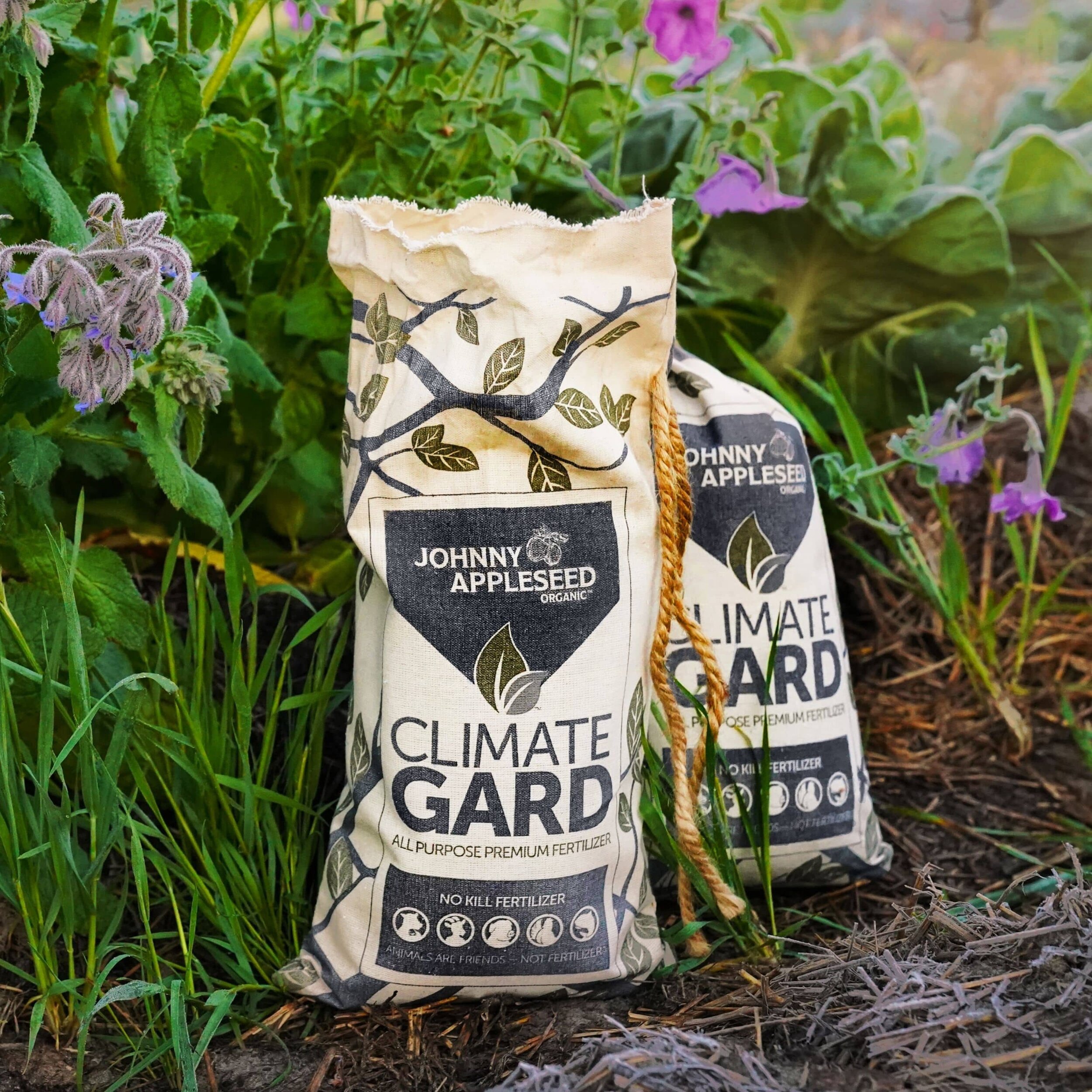Invisible Helpers: How Bacteria and Fungi Keep Plants Healthy
By Julian Smith PhD
The role of microorganisms in plant nutrition has been widely studied and well-documented in scientific literature. Unfortunately, the internet is replete with bad information on this topic, ranging from misuse of the term itself to a misunderstanding of how these biologicals impact plant health.
Broadly speaking, bacteria and fungi are crucial to everything from the breakdown of organic matter in soil to efficient water use, as well as pest and disease control. Perhaps most importantly, they help regulate nutrient efficiency in the place where plant roots meet the soil (the rhizosphere).
Farmers and gardeners can harness these qualities to improve the sustainability of crops and the environment by enhancing the efficacy of applied nutrients and the availability of native soil nutrients.
How do microorganisms help plants grow?
Bacteria are active in both the rhizosphere and the rhizoplane (the surface area of plant roots) due to an ancient symbiotic relationship between the two organisms: Root exudates like sugars and simple amino acids keep bacteria healthy, and in return, the bacteria improve solubility of nutrients essential for plant development.
The earliest research on this topic demonstrated bacteria’s critical role in nitrogen transformation in soil and nitrogen fixation, as well as plants’ access to native phosphorus in the soil. More recent research also suggests there are actual molecular signals sent between roots and surrounding microflora, in effect allowing roots to signal a plant’s needs to its supporting bacteria.
Similarly, some fungi interact directly with plant roots. These mycorrhizal species form a true symbiosis with the roots and are widely seen as critical to improving nutrient availability. There also appears to be signalling activity between roots and fungi, a relationship that has probably been in place since the first plants and fungi evolved in ancient history.
Meanwhile, another variety of fungi (trichoderma) don’t interact directly with plant roots, but compete for nutrients at the expense of other fungi which are pathogenic to plants.
Which species are most useful?
Spore-forming bacteria (endospores) are extremely resilient to adverse conditions, easy to cultivate and can be dispersed via organic fertilizers, making them ideal for agricultural applications. In order to be useful, farmers and gardeners must select species for specific purposes — and those species must be able to thrive without harming native microorganisms, or each other.
The most widely studied and important group is bacilli, a family of especially good fermenters which have been shown to work with simple sugars and carbohydrates to produce a wide variety of metabolites and stimulants.
Some of the most notable species, referred to as plant growth promoting rhizobacterium (PGPR), include:
Bacillus subtilis — Improves nitrogen uptake in legumes and phosphorus solubility in rhizosphere; uses magnesium to improve levels of photosynthesis and chlorophyll; improves iron availability; high levels on the root associated with disease control.
Brevibacillus laterosporus — Produces a variety of antifungal and insecticidal metabolites; helps regulate environmental pH; assists in nutrient fixation.
Bacillus amyloliquefaciens - Assists in disease suppression and nematode control; uses calcium and magnesium to improve nitrogen and phosphorus uptake.
Bacillus licheniformis - Produces a number of small amino acid chains (peptides) which also have plant growth promoting properties.
As for fungi, the Glomus family shows the most promise in a mycorrhizal capacity, and specific members of the Trichoderma family work well alongside it:
Glomus intraradices — Improves phosphorus and zinc uptake; stimulates carbohydrate and carbon availability from plant roots, (in turn stimulating microbial activity); encourages colonization of the root with nitrogen-fixing bacteria.
Glomus etunicatum — Exerts a positive influence on bacteria in the rhizosphere; improves magnesium, calcium and sulfur availability and uptake.
Glomus mosseae — Improves phosphorus solubility and uptake; improves overall nutrient uptake; improves water uptake and drought tolerance.
Glomus aggregatum — Reduces heavy metal toxicity; enhances rhizosphere; reduces root disease; improves drought tolerance; reduces insect root feeding and nematode attack.
Trichoderma harzianum - Produces antifungal compounds and outcompetes pathogenic fungi, especially botrytis and fusarium, with no effect on mycorrhizal fungi.
Trichoderma koningii - Reduces both pathogenic fungi and nematodes; reduces seed and root rots like pythium; assists in the breakdown and fermentation of organic matter in soil.
Conclusion
The beautiful thing about this collection of species is that all of these organisms play well together, and have been observed coexisting in numerous research and real-world scenarios. Together, they represent a carefully selected, targeted approach to plant and soil health with proven efficacy.
A native of Sheffield, England, and a naturalized U.S. citizen, Dr. J. Julian Smith holds a Small Grains Pathology and Physiology Ph.D. from the University of Stirling, and an Agricultural Botany B.Sc. from the University of Leeds. He is the founder and President of CZO Agronomics, a global consulting group devoted to technical advisory and end-to-end project management services in agribusiness and horticulture.
Looking for a fertilizer with microorganisms?
Meet ClimateGard™ — Your New Sustainable Fertilizer
Sign up for Newsletter
Follow Us on Social
Supercharge your soil.
Help fight climate change.
Grow delicious, nutritious fruits and vegetables.
Ingredients you trust.
ClimateGard's no-kill formula is derived from the most ethical, sustainable sources available.
Each ClimateGard pellet is infused with micronutrients, silicon and humic acid, with a blend of living bacteria and fungi that will continue enriching your soil long after your last application.
$39.95 for 7.5 pound bag | $69.95for 15 pound bag.




